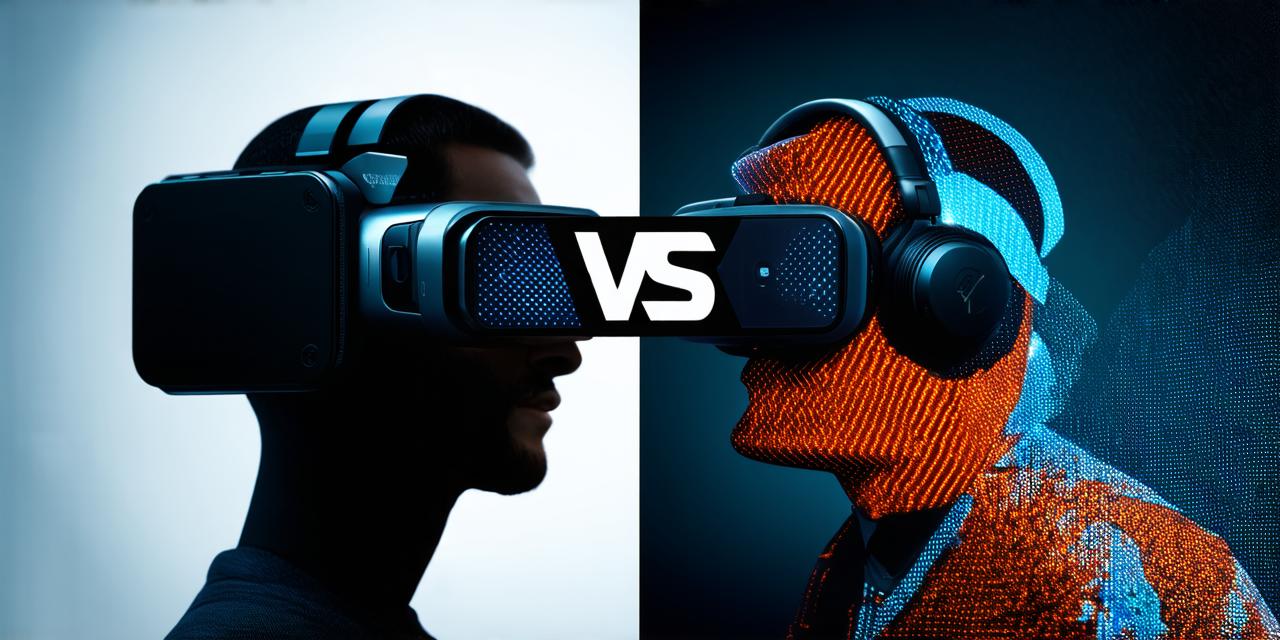
What sets augmented reality apart from virtual reality?
In recent years, both augmented reality (AR) and virtual reality (VR) have captured the imagination of people worldwide. These immersive technologies offer users unique experiences that blend the digital world with the real world.
AR vs VR: A brief overview
Virtual reality refers to a computer-generated simulation of a 3D environment that completely immerses the user in a digital world. Users wear headsets or other devices that track their movements and provide a realistic, interactive experience. Virtual reality is often used for gaming, education, and training purposes.

Augmented reality, on the other hand, refers to the overlaying of digital information onto the real world. AR uses sensors, cameras, and other technologies to enhance the user’s perception of their surroundings by adding digital elements such as graphics, animations, and sound effects. Augmented reality can be experienced through a variety of devices, including smartphones, tablets, and wearable technology.
What sets AR apart from VR?
There are several key differences between AR and VR that set them apart. Here are some of the most important:
1. Level of immersion
Virtual reality offers a completely immersive experience, where users are fully removed from the real world and placed in a digital environment. In contrast, augmented reality enhances the user’s perception of their surroundings by adding digital elements to the real world. AR does not replace the real world but rather overlays digital information on top of it.
2. Interaction with the real world
Virtual reality typically requires users to interact solely with the digital environment, while augmented reality allows users to interact with both the digital and physical worlds. AR enables users to engage with their surroundings in a more natural way, as they can still see and interact with the physical world around them.
3. Real-world applications
Virtual reality is often used for gaming and entertainment purposes, while augmented reality has a wide range of real-world applications. AR is being used in fields such as education, marketing, healthcare, and manufacturing, to name just a few. Virtual reality, on the other hand, is primarily used for gaming and training purposes.
4. Cost and accessibility
Virtual reality can be expensive to set up and requires specialized equipment such as headsets and motion controllers. AR, on the other hand, can be experienced through a variety of devices, making it more accessible and affordable for businesses and individuals alike.
5. Content creation
Creating content for virtual reality can be challenging due to the limitations of the technology and the need for specialized skills such as 3D modeling and animation. AR content creation is generally easier and more accessible, as it does not require the same level of technical expertise.
Real-world examples of AR in action
There are many real-world examples of augmented reality being used to enhance the user experience. Here are a few:
- IKEA Place: An AR app that allows users to visualize furniture and decor items in their homes before purchasing them.


